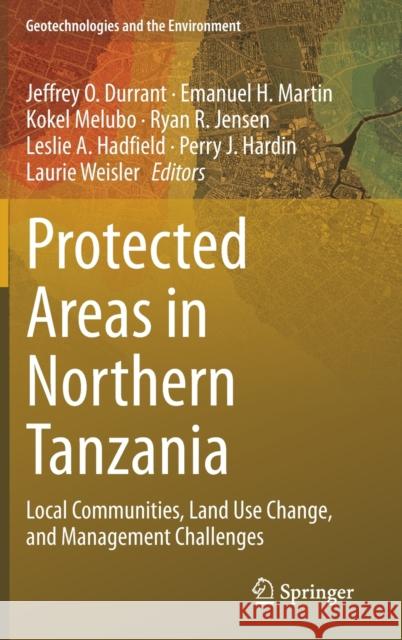Protected Areas in Northern Tanzania: Local Communities, Land Use Change, and Management Challenges » książka
topmenu
Protected Areas in Northern Tanzania: Local Communities, Land Use Change, and Management Challenges
ISBN-13: 9783030433017 / Angielski / Twarda / 2020 / 179 str.
Protected Areas in Northern Tanzania: Local Communities, Land Use Change, and Management Challenges
ISBN-13: 9783030433017 / Angielski / Twarda / 2020 / 179 str.
cena 403,47 zł
(netto: 384,26 VAT: 5%)
Najniższa cena z 30 dni: 385,52 zł
(netto: 384,26 VAT: 5%)
Najniższa cena z 30 dni: 385,52 zł
Termin realizacji zamówienia:
ok. 22 dni roboczych
Bez gwarancji dostawy przed świętami
ok. 22 dni roboczych
Bez gwarancji dostawy przed świętami
Darmowa dostawa!
Kategorie:
Kategorie BISAC:
Wydawca:
Springer
Seria wydawnicza:
Język:
Angielski
ISBN-13:
9783030433017
Rok wydania:
2020
Wydanie:
2020
Numer serii:
000379237
Ilość stron:
179
Waga:
0.44 kg
Wymiary:
23.39 x 15.6 x 1.27
Oprawa:
Twarda
Wolumenów:
01
Dodatkowe informacje:
Wydanie ilustrowane











